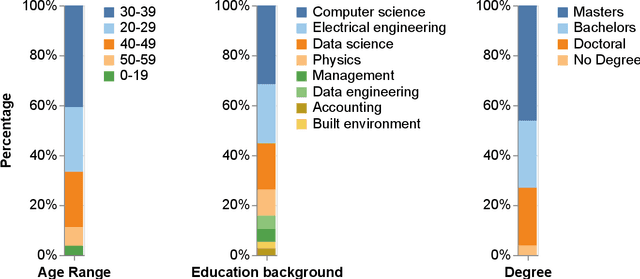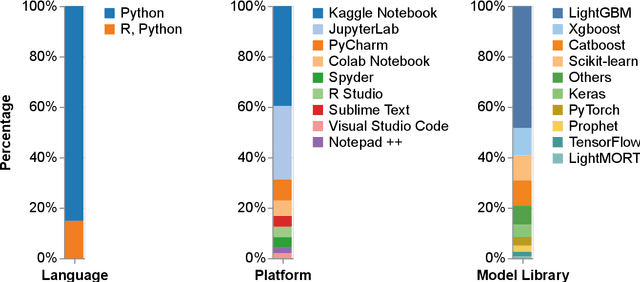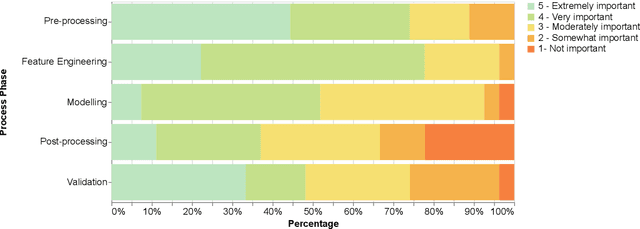Liu Hao
Expanding-and-Shrinking Binary Neural Networks
Mar 31, 2025Abstract:While binary neural networks (BNNs) offer significant benefits in terms of speed, memory and energy, they encounter substantial accuracy degradation in challenging tasks compared to their real-valued counterparts. Due to the binarization of weights and activations, the possible values of each entry in the feature maps generated by BNNs are strongly constrained. To tackle this limitation, we propose the expanding-and-shrinking operation, which enhances binary feature maps with negligible increase of computation complexity, thereby strengthening the representation capacity. Extensive experiments conducted on multiple benchmarks reveal that our approach generalizes well across diverse applications ranging from image classification, object detection to generative diffusion model, while also achieving remarkable improvement over various leading binarization algorithms based on different architectures including both CNNs and Transformers.
Gradient boosting machines and careful pre-processing work best: ASHRAE Great Energy Predictor III lessons learned
Feb 07, 2022


Abstract:The ASHRAE Great Energy Predictor III (GEPIII) competition was held in late 2019 as one of the largest machine learning competitions ever held focused on building performance. It was hosted on the Kaggle platform and resulted in 39,402 prediction submissions, with the top five teams splitting $25,000 in prize money. This paper outlines lessons learned from participants, mainly from teams who scored in the top 5% of the competition. Various insights were gained from their experience through an online survey, analysis of publicly shared submissions and notebooks, and the documentation of the winning teams. The top-performing solutions mostly used ensembles of Gradient Boosting Machine (GBM) tree-based models, with the LightGBM package being the most popular. The survey participants indicated that the preprocessing and feature extraction phases were the most important aspects of creating the best modeling approach. All the survey respondents used Python as their primary modeling tool, and it was common to use Jupyter-style Notebooks as development environments. These conclusions are essential to help steer the research and practical implementation of building energy meter prediction in the future.
 Add to Chrome
Add to Chrome Add to Firefox
Add to Firefox Add to Edge
Add to Edge